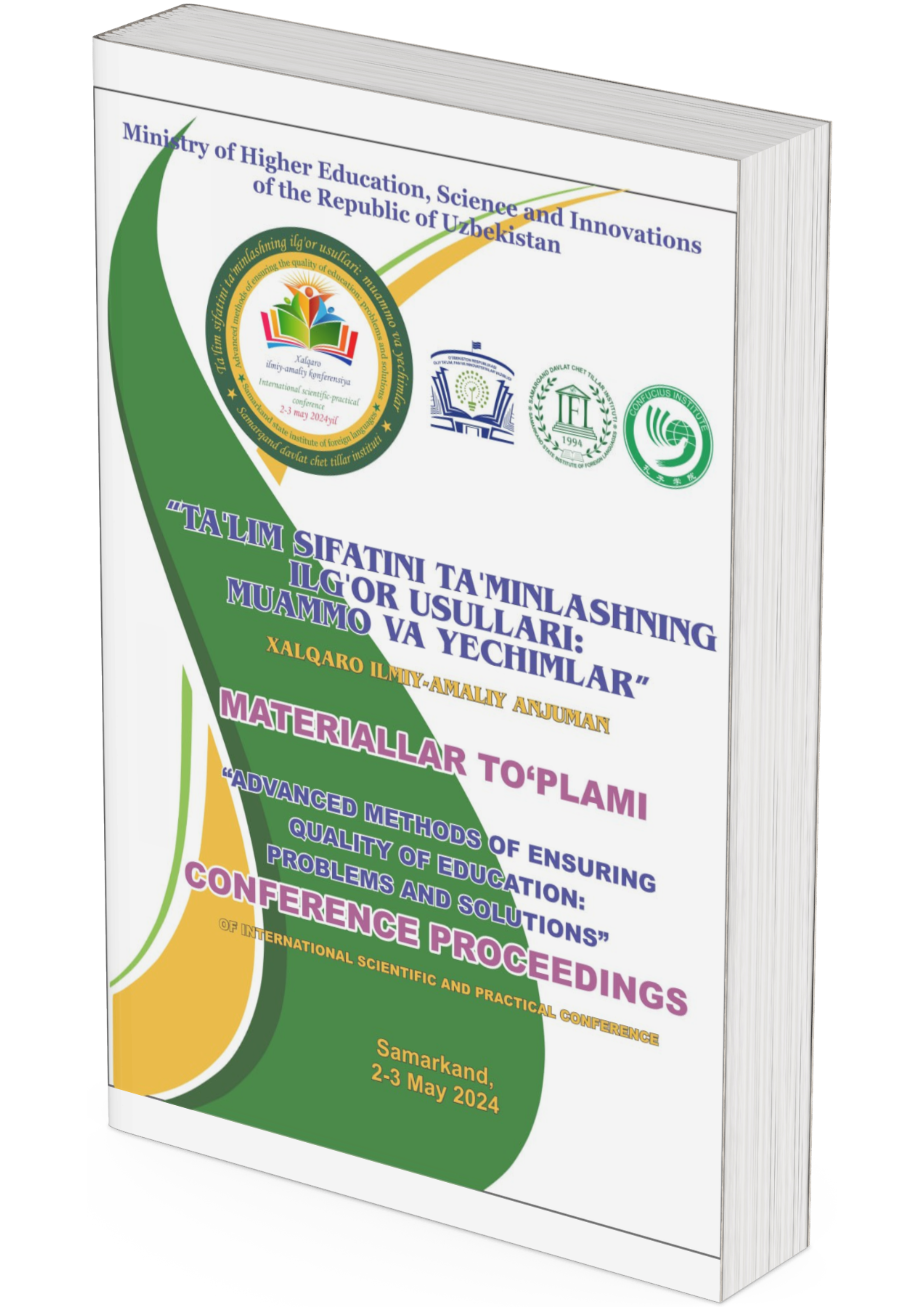THE IMPACT OF ICT INTEGRATION ON TEACHING STUDENTS IN TERTIARY EDUCATION
DOI:
https://doi.org/10.2024/mfc1b639Keywords:
Information and Communication Technology (ICT), traditional teaching, quality education, pedagogic proficiency, flexible learning, wide range of sources, distance education, shared experiencesAbstract
In the rapidly evolving landscape of education, the integration of Information and Communication Technology (ICT) has become imperative, especially in English as a Second Language (ESL) classrooms. This paper synthesizes existing literature to elucidate the multifaceted importance of ICT integration in ESL teaching. With the advent of digital tools, educators are presented with opportunities to enhance language learning experiences, cater to diverse learner needs, and foster interactive and engaging pedagogical practices. Moreover, ICT facilitates authentic wide range of source language used through exposure to real-world contexts, thereby promoting language acquisition and proficiency. This article explores various ICT applications such as multimedia resources, educational software, and online platforms, highlighting their potential in facilitating language learning. Furthermore, it discusses the challenges associated with ICT integration, including access disparities and pedagogical concerns, while proposing strategies to address these issues effectively. By embracing ICT integration, ESL educators can create dynamic and inclusive learning environments that empower learners to thrive in today's interconnected world. This review underscores the imperative role of ICT in ESL education and advocates for its thoughtful integration to maximize learning outcomes and equip learners with essential skills for success in a digital era.
References
"Integrating Educational Technology into Teaching" by M.D. Roblyer and Aaron H. Doering (2013) - This book provides practical guidance on integrating technology effectively into various educational settings, including ESL classrooms.
"Teaching ESL/EFL Listening and Speaking" by I.S.P. Nation and J. Newton (2009) - This book explores the role of technology in teaching listening and speaking skills to ESL/EFL learners, offering practical strategies and activities.
"ICT in ELT: How to Use the Internet for Language Learning" by Gavin Dudeney 2007) - This book discusses the potential of ICT tools, particularly the internet, in enhancing language learning and teaching, with a focus on practical applications for ESL classrooms.
"Teaching English with Technology: How to Use Technology Effectively in the English Language Classroom" by G. M. Dudeney, N. Hockly, and M. Pegrum (2013) - This book offers insights into incorporating technology into ESL teaching, covering topics such as online resources, digital storytelling, and virtual learning environments.
"Digital Literacies: Concepts, Policies and Practices" edited by Colin Lankshear and Michele Knobel (2008) - This collection of essays explores digital literacy and its implications for education, including the role of ICT in language teaching and learning.
"Language Learning with Technology: Ideas for Integrating Technology in the Classroom" by Graham Stanley (2013) - This book provides practical ideas and activities for integrating technology into language teaching, including specific examples for ESL/EFL contexts.
"Using Technology in Foreign Language Teaching" edited by Carol A. Chapelle (2003) - This book offers insights into the theoretical foundations and practical applications of technology in foreign language teaching, with chapters dedicated to ESL/EFL contexts.
"Digital Technologies and Language Learning" by Michael Carrier (2017) - This book explores the intersection of digital technologies and language learning, examining how ICT tools can be effectively utilized to enhance language acquisition in ESL classrooms.
"Interactive Whiteboards in English Language Teaching" edited by David M. Carless and Marie-José Loureiro (2011) - This edited volume discusses the use of interactive whiteboards (IWBs) in English language teaching, offering insights into their potential benefits and practical implementation structure.
Мавлонова Н. Независимое возникновение межъязыковых фразеологических соответствий //Иностранная филология: язык, литература, образование. – 2019. – №. 4 (73). – С. 59-63.
Мавлонова Н. А. Теоретические основы исследования межъязыковой фразеологической общности // Jahon ilm-fani taraqqiyotida tarjimashunoslikning ahamiyati. – 2021. – С. 175.
Dilbar I., Kamola S. Teaching English methods // Thematics Journal of Education. – 2022. – Т. 7. – №. 5.
Downloads
Published
Conference Proceedings Volume
Section
License
Copyright (c) 2024 Surayyo Mirzayeva (Author)

This work is licensed under a Creative Commons Attribution 4.0 International License.









